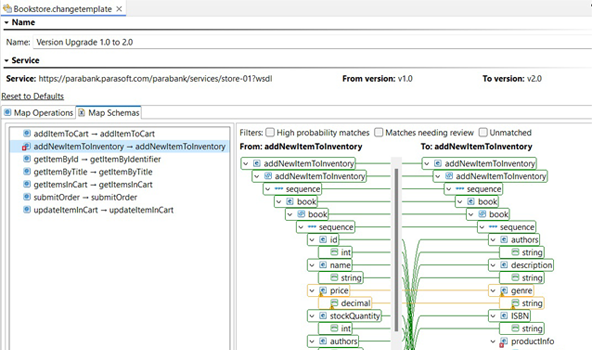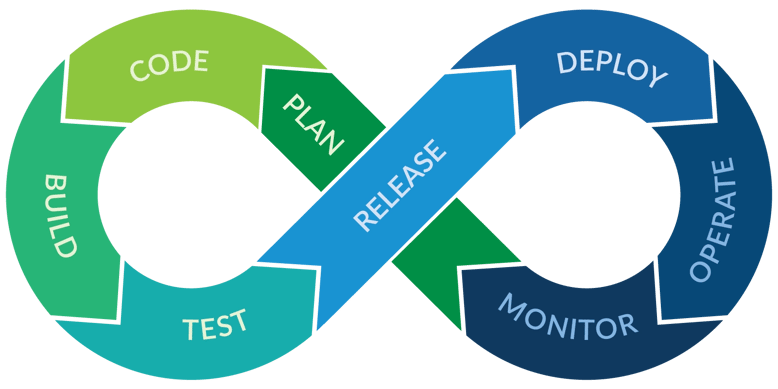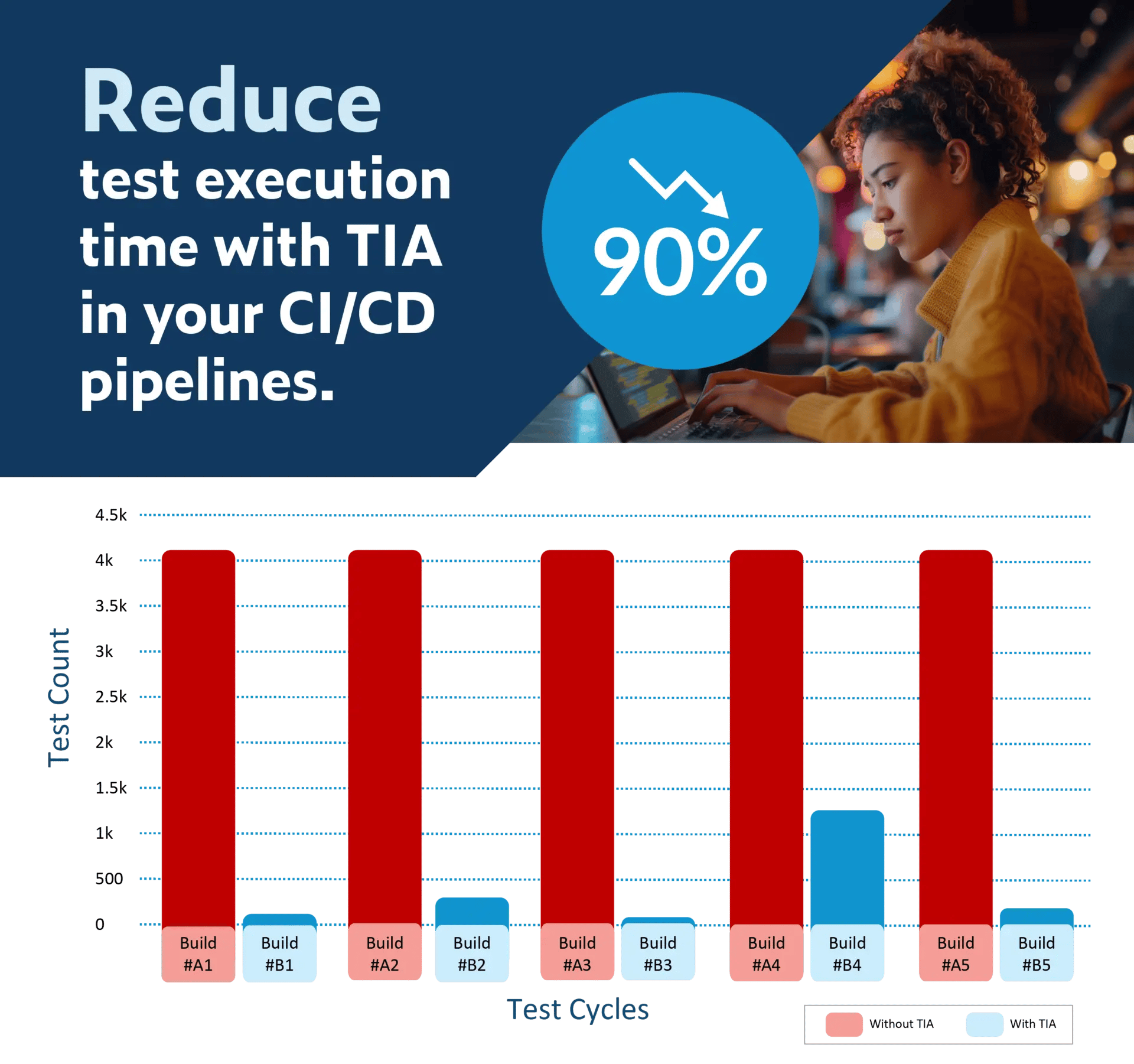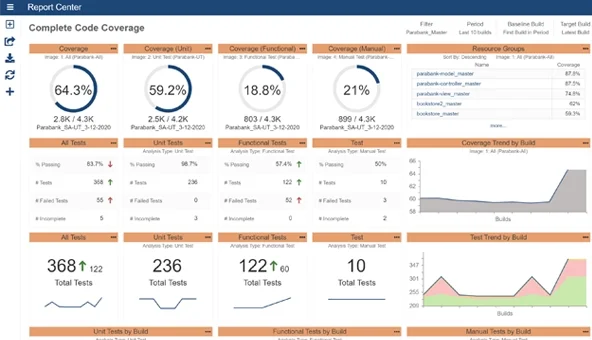Create a Scalable Test Maintenance Strategy
A scalable test maintenance strategy is crucial for continuous testing. Without it, teams may struggle with overwhelming maintenance work, leading to disruptions in their continuous testing workflows.
How It Works
Parasoft provides testing teams with solutions to easily identify, execute, and update test cases impacted by application change. This minimizes the likelihood of test cases breaking during execution in CI/CD pipelines and enables teams to easily scale their test automation strategy without having to worry about a growing test maintenance burden that can slow down testing cycles and productivity.
- Use Jtest’s AI-enhanced bulk unit test generation options to rapidly generate test cases with maintainability as the primary requirement.
- Leverage the Jtest Unit Test Assistant for recommendations in the IDE on how to stabilize existing JUnits for heightened maintainability.
- Accelerate the validation of Java code changes by automatically identifying and executing impacted test cases locally with Jtest’s IDE-integrated Live Unit Testing.
- Easily identify and refactor API test cases and API simulations that have been impacted by API changes with Change Advisor in SOAtest and Virtualize. Compare two versions of a service definition file to create a change template that can be applied to a complete test suite or virtual assets to automatically refactor impacted test cases or message responders.
- Reduce regression and build failures by leveraging Parasoft Selenic’s AI capabilities to automatically heal impacted Selenium test cases during execution in CI/CD pipelines.
Read Blog: API ROI: Maximize the ROI of API Testing »
Recommended Products






